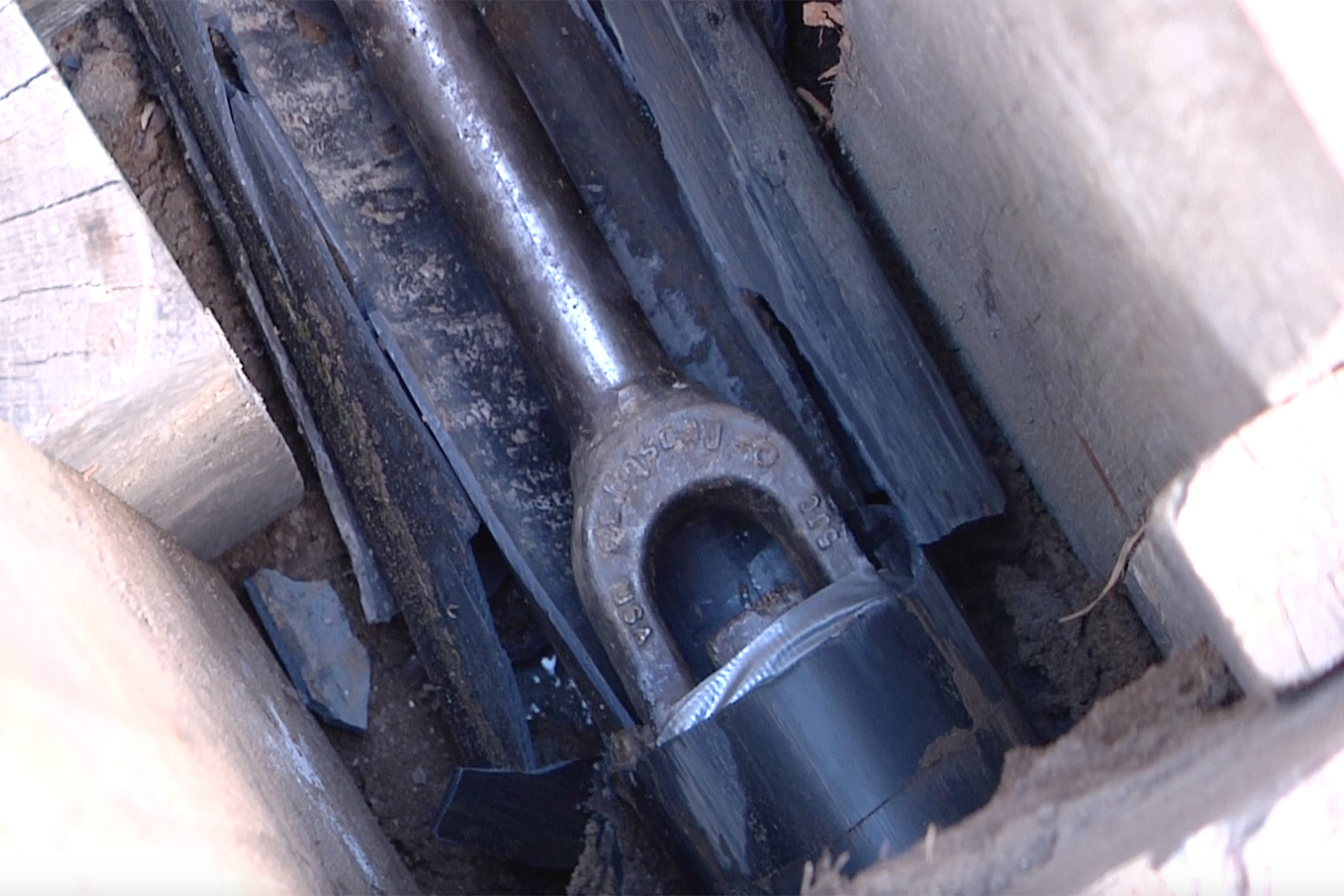If you have a broken sewer line you may have a choice repair method: pipe relining or pipe bursting. Pipe bursting might not sound like something you want, but we’re not talking about springing a pipe leak intentionally. Instead, pipe bursting is a method of installing new sewer pipe that is best in most situations. Let us explain the difference between these two sewer repair strategies.
What is Pipe Bursting?
Pipe bursting is a method of trenchless sewer repair. Instead of digging a long trench to pull out the section of pipe that is damaged, we push the old pipe until it “bursts” through and out of the ground. Then, we install brand new pipe, without digging another hole. This requires less digging than other methods and is a more complete method of repair than pipe relining.
What is Pipe Relining?
Pipe relining is the process of placing a new pipe inside of an old pipe. This new pipe is smaller than the old and made out of resin-soaked fiber sleeves. The flexible sleeves are pushed into the pipe from an access point and allowed to cure. They become solid and, ideally, stop leaks. This process is also called cured-in-place-pipe or CIPP.
Digging and Access
Both of these methods require less digging than trench sewer repair. Pipe bursting requires only two small access points dug into the ground, to apply pressure to the pipe and allow it to pop out. Pipe relining may require only one access point, to feed the new pipe into the old one.
Long-Term Results and Cost
While CIPP lining doesn’t require quite as much digging, it has other serious drawbacks. Pipe relining doesn’t fix crushed pipes and doesn’t restore strength to the old pipe. It is more of a stop-gap measure for blocking up sewer leaks.
However, it also doesn’t last nearly as long as new pipe would, and it likely to develop its own leaks soon, potentially for the same reason the old pipe wore down. If you choose pipe bursting, you get a brand new pipe. Our team installs a new type of sewer pipe that has superior strength and will last for decades.
Pipe relining also restricts the flow through the pipe, because the new pipe is a smaller diameter. This isn’t always a problem, but sometimes it makes sewer performance worse and back-ups more likely. We can tell you whether the reduced size of CIPP will be a problem for your sewers.
As you might expect, pipe relining may cost less upfront, as it doesn’t require a new pipe. But, over time, pipe relining will cost you more in additional repair and replacement costs. You can’t keep adding new CIPP, so you’ll need a complete replacement of your sewer pipe when the resin wears out or tears.
Pipe Relining vs. Pipe Bursting
In most circumstances, pipe bursting is the better choice as a long-term sewer problem fix. With this method, you get the benefit, and peace of mind, of brand new pipe without having your entire lawn dug up. Crushed pipes, leaks and clogs are solved right away. Plus, you don’t need to wait for your pipes to cure before you use them—our pipes are ready right away.
Ready to see if trenchless pipe bursting will solve your sewer problems? Schedule a sewer inspection today and let’s find out together.

